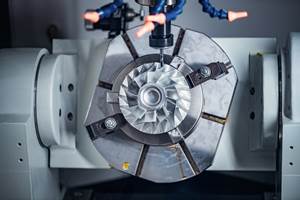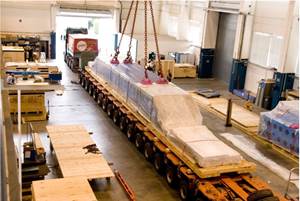New Okuma Plant Relies on Automation, Production Control
The company says the DS1 facility in Japan is capable of 2 times the production capacity and 1/2 the lead time of the previous site.
With its newest manufacturing facility in Oguchi, Japan, machine tool builder Okuma literally has made a clean break from its previous approaches to production. The manufacturing facility that previously stood on the site of this plant was leveled in 2012. On May 20, 2013, the company completed construction of the replacement plant, DS1, a 254,000-square-foot facility for the production of CNC lathes and multitasking machines. The first of an expected series of so-called “Dream Site” facilities, the DS1 plant is capable of 2 times the production and 1/2 the lead time of the facility it replaced. Staffing, meanwhile, is roughly the same.
The company says that increasing manufacturing capacity in Japan was necessary to its aim of increasing sales volume outside of Japan. While serving various machining needs in various industries and international markets has led to an expanded product line, competing effectively in those markets requires the company to achieve not just competitive pricing but also competitive delivery. The result is a challenge that many of Okuma’s customers would immediately recognize: the need to manufacture responsively and cost-effectively in an environment of high product variety and low production volumes. The now-operational DS1 facility is the company’s answer to this challenge.
The facility was open to the public in November as part of the company’s Okuma Machine Fair 2013 open house, and I had the chance at this event to talk about the facility with company president and CEO Yoshimaro (Dean) Hanaki. For Okuma, overcoming the high-mix/low-volume challenge entailed all of these elements:
●Automation. The principal way the plant expanded capacity was not by adding space or people, but by taking advantage of time that formerly went unused. In the past, says Mr. Hanaki, production would stop during the night and on weekends. In the new plant, automation is used extensively to enable machines to keep producing when staffing is slight.
That automation consists of robot loading of machine tools in some cases. However, the most visible and extensive type of automation in the shop is the flexible manufacturing system. Various lines in the facility consist of multiple Okuma machining centers united by a Fastems pallet loading system, which in turn draws work from a multi-story rack of pallets accommodating the setups for numerous part numbers. By swapping pallets in and out of the machines as frequently as needed, this configuration enables the machining centers to keep running efficiently even though batch sizes are small and the variety of machined parts is large.
The approach even makes sense when the parts themselves are large. The biggest of DS1’s FMS cells is 120 meters long. The Fastems system in this case unites four Okuma double-column machining centers that each has 2.5 meters between columns. This FMS for large parts machines 80 of the plant’s biggest part numbers.
●Consolidation. Following an approach that is practically the opposite of outsourcing, the DS1 plant seeks cost efficiency by combining nearly all of the steps in machine tool production under one roof. Raw material input, machining, kitting, subassembly, final assembly, inspection and shipping all occur within the facility.
A philosophy of consolidation drives the plant’s approach to assembly as well. Machines do not move from station to station as they are being built. Instead, for greater simplicity, each machine remains in one place on the assembly floor, with components and subassemblies all carted to the machines as they are needed.
●Production control. While the company was building this new plant, it was also building the information system essential to making it work. A production control system coordinates orders and manufacturing capacity in order to schedule part numbers productively on the FMS lines, and also to ensure that parts are delivered just as they are needed to machines being assembled.
Mr. Hanaki says the development of this system, though less visible than other resources in the plant, represents a significant share of the engineering that went into making this facility a success. Without a comprehensive system able to rationalize numerous orders into an as-needed component production and delivery schedule, the only alternative would be to maintain large inventories to ensure that needed components are available. The danger, he says, is that the production facility can come to resemble a warehouse.
●Energy savings. One other significant source of production expense is energy. The DS1 plant saves this cost by combining energy-conserving features such as LED lighting with renewable power generation through solar panels on the roof and one of the building’s walls. Compared to plant it replaced, this plant’s energy consumption is 30 percent less.
Related Content
Why Go Five-Axis: Machine Types and Benefits
Even as the benefits of five-axis machining stack up year by year, the barrier for entry crumbles.
Read MoreTwin Spindle Design Doubles Production of Small Parts
After experiencing process stalls in the finishing stage of production, Bryan Machine Service designed an air-powered twin spindle and indexable rotating base to effectively double its production of small parts.
Read MoreWatchmaking: A Machinist’s View
Old-world craftsmanship combines with precision machining on a vertical machining center and Swiss-type lathe to produce some of the only U.S.-made mechanical wristwatch movements.
Read MoreHeavy Engineering: The Complex Logistics of Moving Large Machine Tools
One of our fascinations with large-format machine tools has little to do with their capabilities, but everything to do with the logistics involved with getting them up and running. Here’s how one of the world’s oldest builders of giant machine tools tackles the challenge.
Read MoreRead Next
The Cut Scene: The Finer Details of Large-Format Machining
Small details and features can have an outsized impact on large parts, such as Barbco’s collapsible utility drill head.
Read MoreObscure CNC Features That Can Help (or Hurt) You
You cannot begin to take advantage of an available feature if you do not know it exists. Conversely, you will not know how to avoid CNC features that may be detrimental to your process.
Read More3 Mistakes That Cause CNC Programs to Fail
Despite enhancements to manufacturing technology, there are still issues today that can cause programs to fail. These failures can cause lost time, scrapped parts, damaged machines and even injured operators.
Read More
.jpg;width=70;height=70;mode=crop)
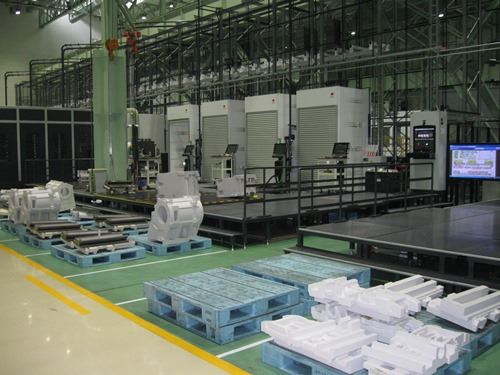

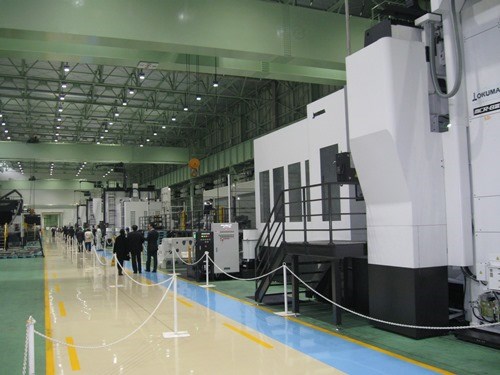
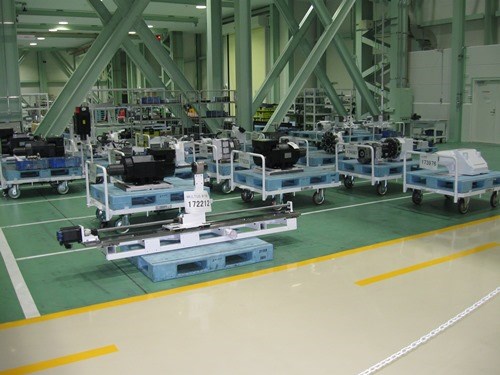



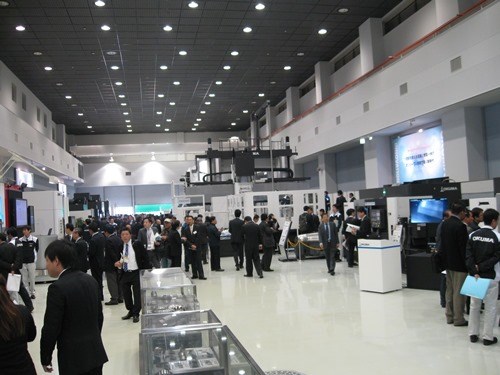
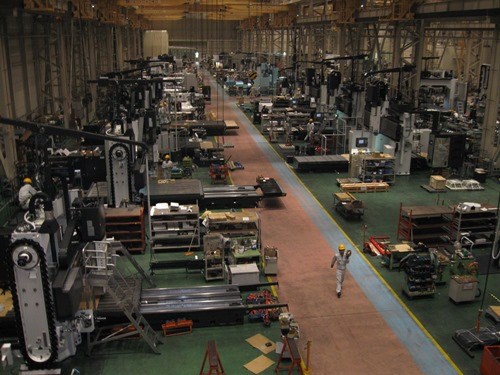












.png;maxWidth=300;quality=90)

.png;maxWidth=300;quality=90)



